-
21st Century Neighborhoods Symposium Recap
More than 250 city leaders and experts from across the U.S. attended the inaugural 21st Century Neighborhoods Symposium in Baltimore, MD on Sept. 15-16, 2016. This page provides an event recap, including videos and photos, and links to white papers, presentations, and media coverage.
-
2016 Symposium
More than 250 city leaders and experts from across the U.S. attended the inaugural 21st Century Neighborhoods Symposium in Baltimore, MD on Sept. 15-16, 2016.
-
Federal Employees Learn How to Tailor Government Resources to Cities’ Needs
The day-long training sessions, facilitated in part by the 21st Century Cities Initiative, address issues of urban poverty, economic inclusion and opportunity, and neighborhood development. Additional training retreats are being scheduled for the fall, when 21CC also plans to publish a manual outlining how federal teams can cross-partner with other agencies to address problems specific…
-
Final Event in Redlining Baltimore Series Examines Paths for the City’s Future
The Redlining Baltimore conversation series concluded Wednesday night with a discussion about how to turn the talk into action at a time when the city faces a window of opportunity with new leaders and invigorated activism.
-
Baltimore’s Wealth Disparities: Panelists Discuss Barriers to Economic Inclusion
“What would Baltimore look like if there was more equity?” asked Diane Bell-McKoy, president of Associated Black Charities, at a Redlining Baltimore conversation series event on Wednesday. For one, the city could see an additional $3.3 billion in revenue with an “economic renaissance” of African-Americans, Bell-McKoy’s foundation has projected. She said she believes that goal…
-
Tale of Two Baltimores: Experts Discuss Roots of City Health Disparities
Speaking at the second event of the Redlining Baltimore conversation series sponsored by Johns Hopkins University’s 21st Century Cities Initiative, Lawrence Brown, an assistant professor at Morgan State University’s School of Community Health and Policy, began the discussion with an overview of the history of redlining, a term that has come to refer to a…
-
A Baltimore Requiem
I was raised in the valley of the shadow of death where they played with our patience til there was none left and that was way before the riots. Way before the quiet that the curfew brought at night dont know what you thought was right but half a billion dollar casino verses schools close…
-
Jazz Musician, Peabody Alum Composes Musical Response to Baltimore’s April 2015 Unrest
Jazz musician and composer Jarrett Gilgore debuts two projects this month that grew out of his time in the Peabody Institute’s jazz program—a study of the music of the late alto saxophonist Jimmy Lyons, and a commission to compose a new work to be a part of the Redlining Baltimore speaker series.
-
First ‘Redlining Baltimore’ Event Explores Discrimination Past and Present
Of all the race-related issues to delve into in Baltimore, redlining isn’t the most immediately provocative. “It’s not as sexy as the riots,” said 17-year-old activist Makayla Gilliam-Price, who spoke last night at the Motor House in Station North as part of the first of four “Redlining Baltimore” conversations, hosted by Johns Hopkins University and…
-
Redlining Baltimore: Exploring Systemic Discrimination Through Art & Discussion
If you’re unfamiliar with the term “redlining,” the easiest way to explain it—specifically to Baltimore—is by looking at a map of the city. Notice how our city’s major highways divide neighborhoods—from 95 to 83—these cement barriers separate what are recognizably contrasting neighborhoods, both visually and economically; and that was precisely by design.
-
Johns Hopkins Series to Examine Reasons for Unrest
The images of violence during the unrest in the wake of the death of Freddie Gray almost a year ago will be etched in the minds of many of those in Baltimore for years to come. In April, Johns Hopkins University tackles the underlying issues of that unrest in a series called “Redlining Baltimore.” Redlining…
-
Quantifying the ‘Ferguson Effect’ According to Findings from Bloomberg Distinguished Professor, Steve Morgan
A “Ferguson effect” likely slowed arrests in Baltimore well before the April 2015 unrest related to the arrest and death of Freddie Gray, but there is little evidence to suggest it had any effect on the city’s crime rate, a new report concludes. Sociologist Stephen L. Morgan, a Bloomberg Distinguished Professor at Johns Hopkins University, analyzed crime…
-
New Study Debunks ‘Ferguson Effect’ In Baltimore
A new study released by Johns Hopkins University found that the ‘Ferguson Effect’ may be a myth. The term was first used by FBI director James Comey to describe what he says is a link between increased crime rates and heightened police scrutiny following protests sparked by officer-involved shootings of black people in places like Ferguson MO., Chicago and Baltimore.
-
Quick, Responsive, and Creative
What blighted blocks in Baltimore are more likely to need demolition — and which are not? When are strategic interventions from city agencies likely to push rehabilitation — not just of a single building, but of an entire neighborhood? Tamás Budavári and Michael Braverman don’t know for sure. But thanks to support from a 21st Century…
-
Department of Labor Official Joins JHU’s 21st Century Cities Initiative
Ben Seigel, a Baltimore native who helped design the Obama administration’s place-based strategy and led the federal government’s effort to address deep-rooted issues in Baltimore after last year’s unrest, has joined a Johns Hopkins University project to strengthen cities with similar urban challenges. Seigel will serve as executive director of the university’s 21st Century Cities Initiative,…




